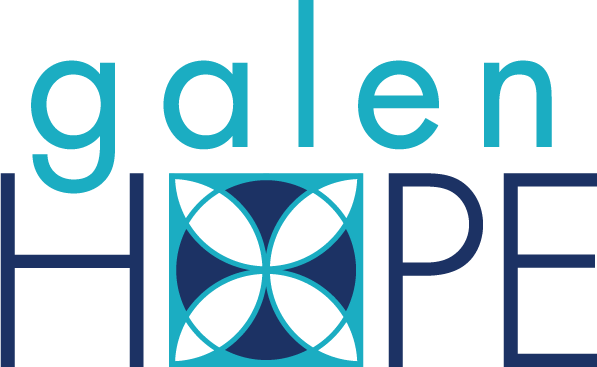Collectively, the team at Galen Hope has been working on crafting a response to the American Academy of Pediatrics new guidelines on childhood o***ity. And it is with a measure of chagrin that we have been slow to respond, in great part because we have struggled to find the words to convey our deep sense of frustration, anger, and disappointment with the AAP and all of those involved with the development of these guidelines.
Once again, while we see a glimpse of awareness that body shape and size is not a matter a “personal responsibility”, an acknowledgment that biology is a major contributor to size-diversity, and that there are multiple societal and economic barriers to accessing healthcare baked into our systems, it is wrapped in a disease-model paradigm and loaded with language that stigmatizes and pathologizes larger bodies. The “solutions” being offered, including the use of new medications and weight-loss surgery in children as young as 12 or 13, are barbaric. We do not know the long-term impact of these medications. There is complete disregard for the risk of osteopenia and the major nutrient deficiencies that are seen after bariatric surgery. It begs the question, as well, of how a 13-year-old can truly comprehend these risk factors in order to give informed consent to such a procedure.
The guidelines demonstrate no understanding of the psychological and physical dangers of weight stigma. There is no understanding of how devastating and deadly eating disorders can be, how prevalent they are, how they impact children at extraordinarily young ages, and how the constant, unrelenting pressure to lose weight is one of the major risk factors for the development of one. There is lack of emphasis on alternatives, such as the value of incorporating health-promoting behaviors that are separate and unrelated to the outcome of manipulating one’s size and shape, as viable means of promoting both physical and psychological health in children. There is no acknowledgment that weight gain is a natural and expected component of adolescence.
According to the AAP, Racism, weight-bias, and other forms of discrimination that are embedded in our society and systems lead to increased shame, isolation, avoidance of healthcare, victimization, and harassment. We concur. Where there is an ocean between us, is that we do not believe the solutions are the use of medication for short-term weight-loss, or mutilation of organs to force children and teens into what are deemed “normal” sized bodies. The onus is on us, as human beings, to change the way we treat each other, to embrace the diversity of the human experience, and to work to undo the deeply rooted inequities that exist with humility and dedication.
We believe, with all our hearts and minds, that it is the responsibility of medical professionals to “first do no harm”. With these new guidelines, the American Academy of Pediatrics has failed to live up to this tenant on a monumental level. We stand with all the other individuals and organizations doing the work to fight eating disorders and the systemic barriers to prevention and treatment that exist.

